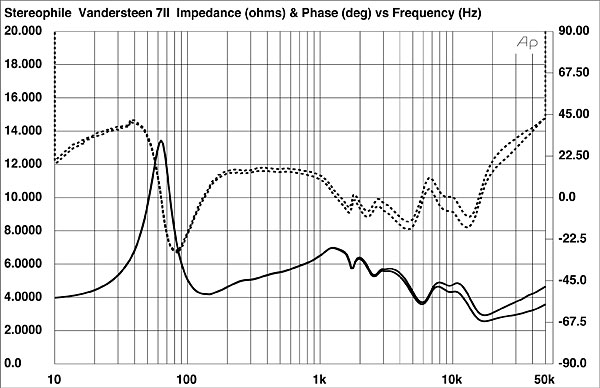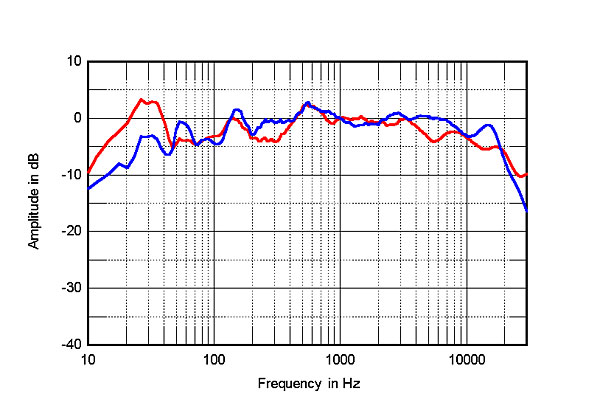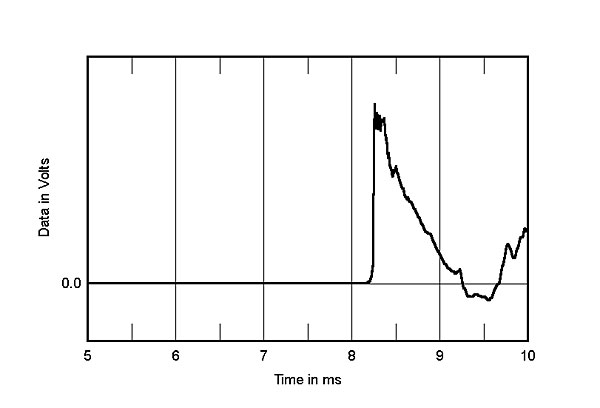| Columns Retired Columns & Blogs |
What a great review of an amazing powered speaker system with what sounds like some first ever experiences, especially with some of your own recordings. I must admit though that after reading the conclusion I wondered why you withheld any recommendation for this system. I read your first paragraph and you spoke about getting more that you expected. After rereading your review, I get that same feeling you had with the original 2's. Can you highly recommend this system? Thanks I value your response.










































